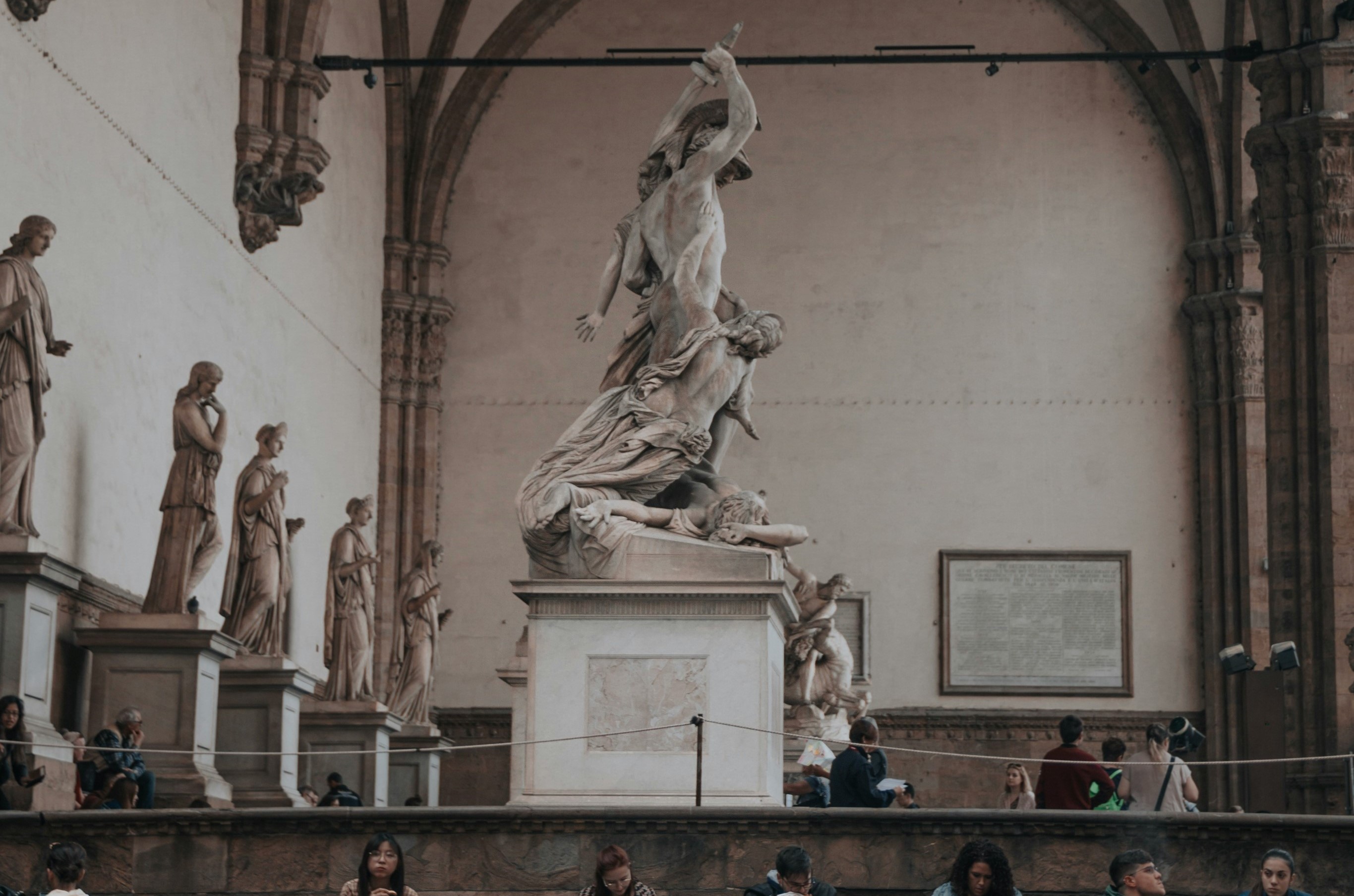The Arts of Italy

Italy was at the forefront of the artistic and intellectual developments of the Renaissance, which drew their impetus from a reappraisal of the Classical Greek and Roman world. Artists and scholars in Italy were especially well placed to take the lead in such a revival, since they were surrounded by the material remains of antiquity. Earlier Romanesque and Gothic forms in both art and architecture were supplanted by the Renaissance, which escalated with a flourish into the Baroque styles of the 16th century.
Visual arts
The great names in Italian art through the centuries make a long list that includes, among many others, Giotto, Donatello, Filippo Brunelleschi, Michelangelo, Leonardo da Vinci, Titian, Bernini, and Tiepolo. Broadly characterized by a warmth of colour and light, Italian painting enjoyed preeminence in Europe for hundreds of years. Continuous subjection to foreign powers, however, eventually enfeebled Italy’s artistic contribution, which sank into provincialism. Ties with European art were renewed about 1910 by the work of the Futurists, led by the poet Filippo Marinetti and the painters Umberto Boccioni and Giacomo Balla. Futurism was succeeded by the Metaphysical paintings of Giorgio de Chirico, who influenced the Surrealists until the 1920s, when he began to produce more traditional canvases. The subtle, quietist paintings of Giorgio Morandi placed him in increasingly high regard since his death in 1964. Argentinian-born Lucio Fontana’s work exemplifies the modern artist’s quest for form, expressed, for example, by a blank canvas slashed open by a knife. Modern additions to the Italian tradition of sculpture include the works of Giacomo Manzù, Gio Pomodoro, Marino Marini, Luciano Minguzzi, Alberto Viani, Harry Bertoia, Mirko Basaldella, and Emilio Greco. (For further discussion, see Western painting; Western sculpture.)
Italy is a world leader in high fashion, an industry centred in Milan, a haven for models, designers, and photographers who come to work in the houses of Versace, Gucci, Krizia, Ferragamo, Valentino, Dolce & Gabbana, Prada, and Armani, among many others. Italian design houses such as Modigliani and Alessi have also been strongly influential.
Architecture
The traditional image of old Italian towns situated around piazzas adorned with fountains remains valid in a country where ruins from Classical antiquity may stand alongside modern construction marvels. The Rationalist architecture movement of 1926 produced one of the outstanding Italian architect-engineers of the 20th century, Pier Luigi Nervi, architect of the Turin exhibition complex and the UNESCO headquarters in Paris. Marcello Piacentini was responsible for much of the imposing architecture of the fascist period, such as the Esposizione Universale di Roma (EUR) area in Rome. Innovative architecture is represented in Milan’s Marchiondi Spagliardi Institute, by Vittoriano Viganò. Other architects of note include Renzo Piano, known for his international museums; Aldo Rossi, whose critical writings rivaled his built works; and Paolo Portoghesi, who created public buildings from curvilinear forms. (For further discussion, see Western architecture.)

Leave a Reply